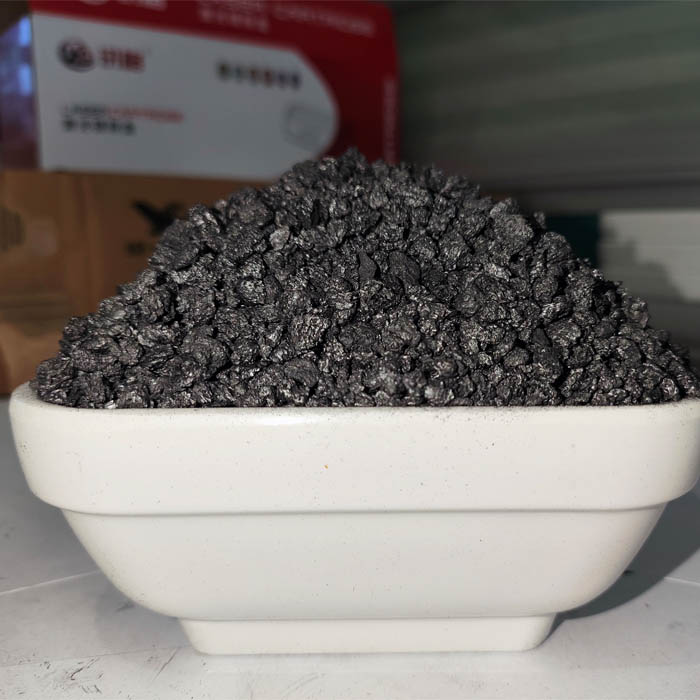Dec . 03, 2024 21:31 Back to list
Chilled Water Pipe Insulation Material Production Facilities Overview
Insulation Materials for Chilled Water Pipe Lines A Comprehensive Overview
In modern construction and industrial applications, the efficiency of heating, ventilation, and air conditioning (HVAC) systems is crucial. One of the key components that contribute to this efficiency is the insulation of chilled water pipe lines. Proper insulation helps maintain the desired temperature of the chilled water, reduces energy consumption, and minimizes condensation, thereby enhancing system performance and longevity.
Types of Insulation Materials
There are several types of insulation materials used for chilled water pipe lines, each offering distinct advantages. Understanding these materials is essential for selecting the right one for specific applications.
1. Fiberglass Insulation A widely used material, fiberglass insulation offers excellent thermal performance and is cost-effective. It consists of glass fibers and is manufactured in various forms, such as batts, blankets, or rigid boards. Fiberglass is non-combustible and has a low thermal conductivity, making it ideal for chilled water pipes. Its lightweight nature makes installation easier, but care must be taken to protect against moisture, as fiberglass can absorb water and lose its insulating properties.
2. Foam Insulation Polyurethane and polystyrene are two types of foam insulation commonly used in chilled water applications. These materials provide superior insulation against heat loss and condensation due to their low thermal conductivity and moisture resistance. Foam insulation adheres tightly to the pipe surface, creating a seamless barrier that reduces heat transfer. Its flexibility allows it to conform to various pipe shapes and sizes, making it suitable for both new installations and retrofits.
3. Mineral Wool Insulation Also known as rock wool or slag wool, mineral wool insulation is made from natural or recycled materials. It is known for its excellent fire resistance, soundproofing characteristics, and thermal insulation properties. Mineral wool is particularly beneficial in industrial settings where fire safety is a concern. However, like fiberglass, it can absorb moisture, which can lead to reduced effectiveness if not properly installed.
4. Rubber Insulation Elastomeric rubber insulation is a flexible, durable material often used for chilled water pipes. It is resistant to moisture and UV radiation, making it suitable for outdoor applications. Rubber insulation also provides excellent thermal resistance and is available in self-sealing formats, which simplifies installation. Its flexibility allows for easy adjustments during installation and maintenance.
chilled water pipe line insulation material factories

5. Reflective Insulation This type of insulation utilizes reflective surfaces to minimize radiant heat gain and loss. It can be particularly useful in environments where pipes are subjected to high temperatures. Reflective insulation is lightweight and can be easily installed over existing insulation materials for added efficiency.
Manufacturing and Quality Control
The manufacturing of insulation materials for chilled water pipe lines involves careful selection of raw materials and adherence to strict quality control standards. Factories producing these materials must ensure that their products meet industry standards such as ASTM (American Society for Testing and Materials) and ASHRAE (American Society of Heating, Refrigerating, and Air-Conditioning Engineers) guidelines.
Quality control measures include testing for thermal conductivity, moisture resistance, fire ratings, and durability against environmental stressors. Advancements in technology have also led to the development of eco-friendly insulation materials, which are increasingly important in today’s sustainability-conscious market.
Conclusion
The choice of insulation material for chilled water pipe lines can significantly impact the efficiency and effectiveness of HVAC systems. Factors such as thermal performance, moisture resistance, fire safety, and ease of installation should be carefully considered when making a selection. With a variety of materials available, including fiberglass, foam, mineral wool, rubber, and reflective insulation, it is crucial for engineers and contractors to choose the right one based on the specific needs of their projects.
As industries continue to evolve and prioritize energy efficiency and sustainability, the development of innovative insulation materials will play a key role in ensuring that chilled water pipe lines operate at optimal performance while minimizing environmental impact.
-
Eco-Friendly Granule Covering Agent | Dust & Caking Control
NewsAug.06,2025
-
Fe-C Composite Pellets for BOF: High-Efficiency & Cost-Saving
NewsAug.05,2025
-
Premium Tundish Covering Agents Exporters | High Purity
NewsAug.04,2025
-
Fe-C Composite Pellets for BOF | Efficient & Economical
NewsAug.03,2025
-
Top Tundish Covering Agent Exporters | Premium Quality Solutions
NewsAug.02,2025
-
First Bauxite Exporters | AI-Optimized Supply
NewsAug.01,2025
